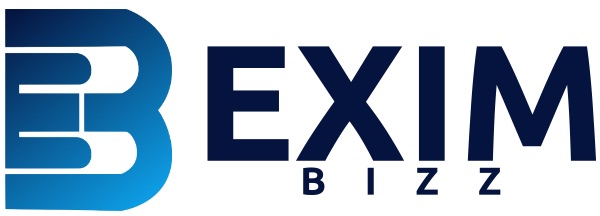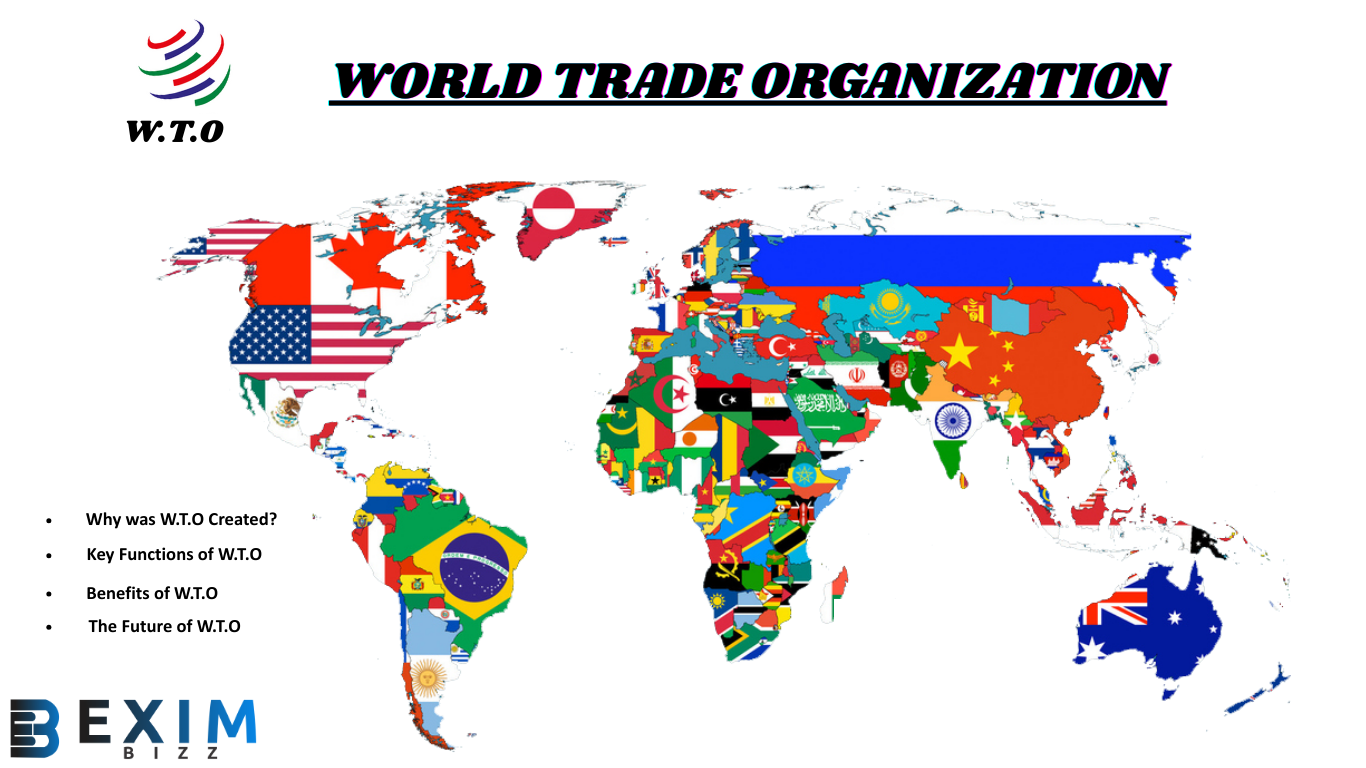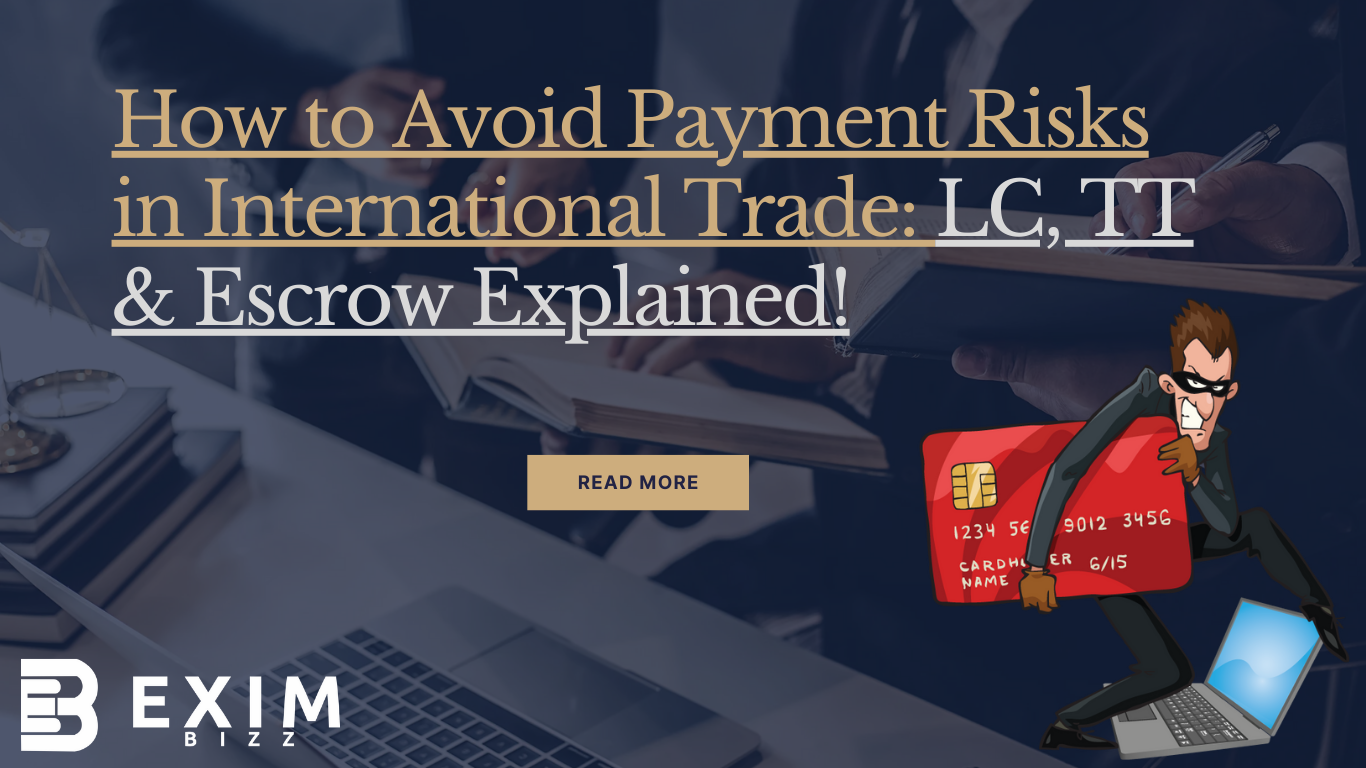In today’s interconnected world, international trade plays a pivotal role in shaping economies, fostering relationships between nations, and driving innovation. At the heart of this global exchange is an institution that ensures fairness, transparency, and cooperation among countries—the World Trade Organization (WTO). In this blog post, we’ll explore what the WTO is, its significance, how it operates, and why it matters to businesses and consumers alike.
What is the World Trade Organization?
The World Trade Organization (WTO) is an intergovernmental organization established in 1995 as the successor to the General Agreement on Tariffs and Trade (GATT). Headquartered in Geneva, Switzerland, the WTO serves as the primary forum for negotiating and implementing rules governing global trade. It currently has 164 member countries, representing over 98% of world trade.
The WTO’s mission is simple yet profound: to ensure that trade flows as smoothly, predictably, and freely as possible. By setting up a framework of agreements, dispute resolution mechanisms, and monitoring systems, the WTO helps prevent misunderstandings and conflicts that could disrupt the global economy.
Why Was the WTO Created?
Before the WTO, international trade was largely governed by GATT, which focused primarily on reducing tariffs and trade barriers. However, as globalization accelerated, new challenges emerged, such as intellectual property rights, agriculture subsidies, and services trade. The WTO was created to address these complexities and provide a more comprehensive structure for managing global commerce.
Its creation marked a historic shift toward multilateralism—a system where all members agree to abide by common rules and principles. This approach aims to level the playing field for both developed and developing nations, ensuring that smaller economies aren’t overshadowed by larger ones.
Key Functions of the WTO
The WTO performs several critical functions that make it indispensable to the global trading system:
- Negotiating Trade Agreements:
The WTO facilitates negotiations among member states to reduce trade barriers, open markets, and establish fair competition. These agreements cover goods, services, intellectual property, and other aspects of trade. - Dispute Settlement Mechanism:
One of the WTO’s most important roles is resolving trade disputes between countries. Its dispute settlement body acts as a neutral arbiter, ensuring compliance with agreed-upon rules and preventing retaliatory measures that could escalate into trade wars. - Monitoring National Trade Policies:
The WTO regularly reviews the trade policies of its members through its Trade Policy Review Mechanism (TPRM). This process promotes transparency and accountability, helping countries align their practices with international standards. - Assisting Developing Countries:
Recognizing the unique challenges faced by less developed economies, the WTO provides technical assistance and capacity-building programs to help them integrate into the global trading system. - Providing a Platform for Dialogue:
The WTO brings together representatives from governments, businesses, and civil society to discuss pressing issues like climate change, digital trade, and sustainable development.
Benefits of the WTO
The WTO offers numerous benefits not only to governments but also to businesses and consumers around the world:
- Increased Market Access: By lowering tariffs and eliminating non-tariff barriers, the WTO creates opportunities for companies to expand their customer base globally.
- Fair Competition: The organization enforces anti-dumping and countervailing duty laws to protect businesses from unfair trade practices.
- Economic Growth: Open markets stimulate economic activity, leading to job creation, higher incomes, and improved living standards.
- Consumer Choice: Reduced trade barriers mean greater access to diverse products and services at competitive prices.
- Global Stability: By promoting cooperation and dialogue, the WTO reduces tensions between nations and fosters peace through trade.
Challenges Facing the WTO
Despite its successes, the WTO faces significant challenges in today’s rapidly changing world:
- Rising Protectionism: Some countries have adopted protectionist policies, prioritizing domestic industries over free trade. This trend threatens the WTO’s core principles of openness and inclusivity.
- Geopolitical Tensions: Trade disputes between major powers, such as the U.S. and China, highlight the need for stronger enforcement mechanisms and diplomatic solutions.
- Digital Economy: As e-commerce and digital trade grow exponentially, the WTO must adapt its rules to address emerging issues like data privacy, cybersecurity, and cross-border online transactions.
- Reform Needs: Critics argue that the WTO needs structural reforms to improve efficiency, enhance transparency, and better support developing nations.
The Future of the WTO
Looking ahead, the WTO has a crucial role to play in addressing the challenges of the 21st century. Efforts are underway to modernize its operations, strengthen its dispute settlement mechanism, and incorporate new areas like environmental sustainability and artificial intelligence into trade negotiations.
For businesses, staying informed about WTO developments is essential for navigating the complexities of global trade. For individuals, understanding the WTO’s impact can shed light on how everyday products reach our shelves and why international cooperation remains vital for prosperity.
Conclusion
The World Trade Organization is more than just a regulatory body; it’s a cornerstone of the global economy. By fostering collaboration, enforcing fair trade practices, and adapting to evolving needs, the WTO continues to shape the future of commerce. Whether you’re a business owner looking to export your goods, a policymaker crafting trade strategies, or simply someone curious about the forces behind globalization, the WTO touches nearly every aspect of modern life.
As we move forward, supporting the WTO’s mission will be key to building a more equitable, resilient, and interconnected world. Let’s embrace the opportunities it presents while working together to overcome its challenges—for the benefit of all.






